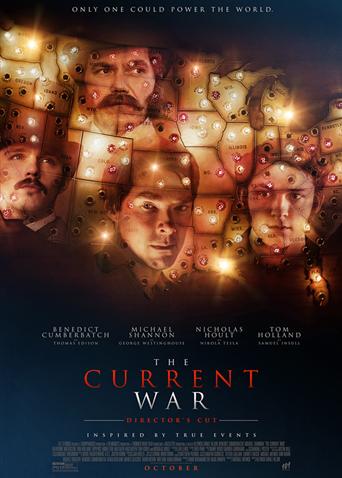当红艺人喻紫凝因为整容风波引发一连串危机,吝啬女儿姗姗失踪,吝啬经过千难万险的追踪,数年前喻紫凝和当时知名艺人林美佳的恩恩怨怨也逐渐浮出水面,最终,仇恨只能带来毁灭,宽恕让生命重生。
当红艺人喻紫凝因为整容风波引发一连串危机,吝啬女儿姗姗失踪,吝啬经过千难万险的追踪,数年前喻紫凝和当时知名艺人林美佳的恩恩怨怨也逐渐浮出水面,最终,仇恨只能带来毁灭,宽恕让生命重生。


回复 :入選多倫多影展以及紐約影展官方選片的 Apple TV+ 紀錄片電影《此生如鴿:間諜小說大師勒卡雷》,由榮獲奧斯卡最佳紀錄長片《戰爭迷霧》的導演埃洛莫里斯自編自導,描繪「英國間諜小說大師」約翰勒卡雷 (John le Carré) 不為人知的傳奇人生,並將於電影中獨家公開他生前最後的訪談以及最坦率的自白。
回复 :是由保罗·内戈埃斯库编剧执导的一部罗马尼亚喜剧片,主要讲述了一个小城镇的三名男子寻找遗失的彩票的过程中发生的有趣故事。迪奈勒是这个城镇的一名修车工人,幸运之神似乎从未光顾过他,因为他的客户总是对他的活计不满意、他的工资少到连酒都喝不起、就连他的妻子都因此离开了他。然而,有一天迪奈勒买彩票,意外中了大奖,这让他重新燃起了生活的希望。但他似乎高兴过了头,导致他丢失了那张彩票。于是迪奈勒和他的朋友思莱、帕皮里优一起踏上了寻找彩票的旅程。
回复 :The history of Danish country church architecture is told by showing scenes of how the church was used by the congregation, beginning with the celebration of mass in a small and simple wooden church 800 years ago, and ending with the congregation singing in a village church of to-day. The development and the growth of the pattern of church architecture is shown.Dreyer in this film shows a series of churches from different periods with churchgoers in period clothing. Each period is separated by a shot of a church bell double-exposed on the sky. Although the film has a vibrant and instructive way of communicating the different epochs and styles to students, it does not exhibit the artistic quality that usually distinguishes a Dreyer film, except perhaps in some of the costumes, which were originally made for Day of Wrath.The board of Dansk Kulturfilm in autumn 1945 decided that their planned church film would exclusively be about village churches. Dreyer would rework the script that was written by editor and folk high-school principal Bernhard Jensen, aided by a committee of experts consisting of architect H. Lønborg-Jensen and Victor Hermansen, curator at the National Museum of Denmark. Dreyer had a first draft ready in mid-March, entitled Kirken er et gammelt Hus ("The Church Is an Old House"), which was distributed to the members of the committee for their comments.In the last half of July, Dreyer and Victor Hermansen travelled the country to look at suitable churches. They researched the details and at Dreyer’s request a number of technical changes were made to the churches, including the removal of porcelain holders for electrical wiring in Tveje Merløse Church.On 4 July, Dreyer went in advance to Ringkøbing. Shooting was set to start a few days later with the arrival of the director of photography, Preben Frank, who had fallen off a ladder and broken his leg, Fortunately, he was ready to cautiously start working again within a few days, with his leg in a cast.Otherwise, the production went without a glitch. Everywhere, Dreyer said, they were well received at the vicarages and they had no problem getting enough extras. On 1 august, they returned to Copenhagen with almost all their footage in the can. They only needed to film the church in Skelby, where the weather had been against them, plus a Swedish wooden church in Hedared. The economy was distressed so soon after the war, especially when it came to foreign currency, but there were no real wooden churches left in Denmark and building an interior set in the studio would be too expensive.The finished film was shown for the first time on 24 September 1947 to a small, closed circle, which included the Minister for Ecclesiastical Affairs. In December 1947, as was Dansk Kulturfilm’s standard practice, the film was presented to the press, politicians and others on a programme with four other short films.


